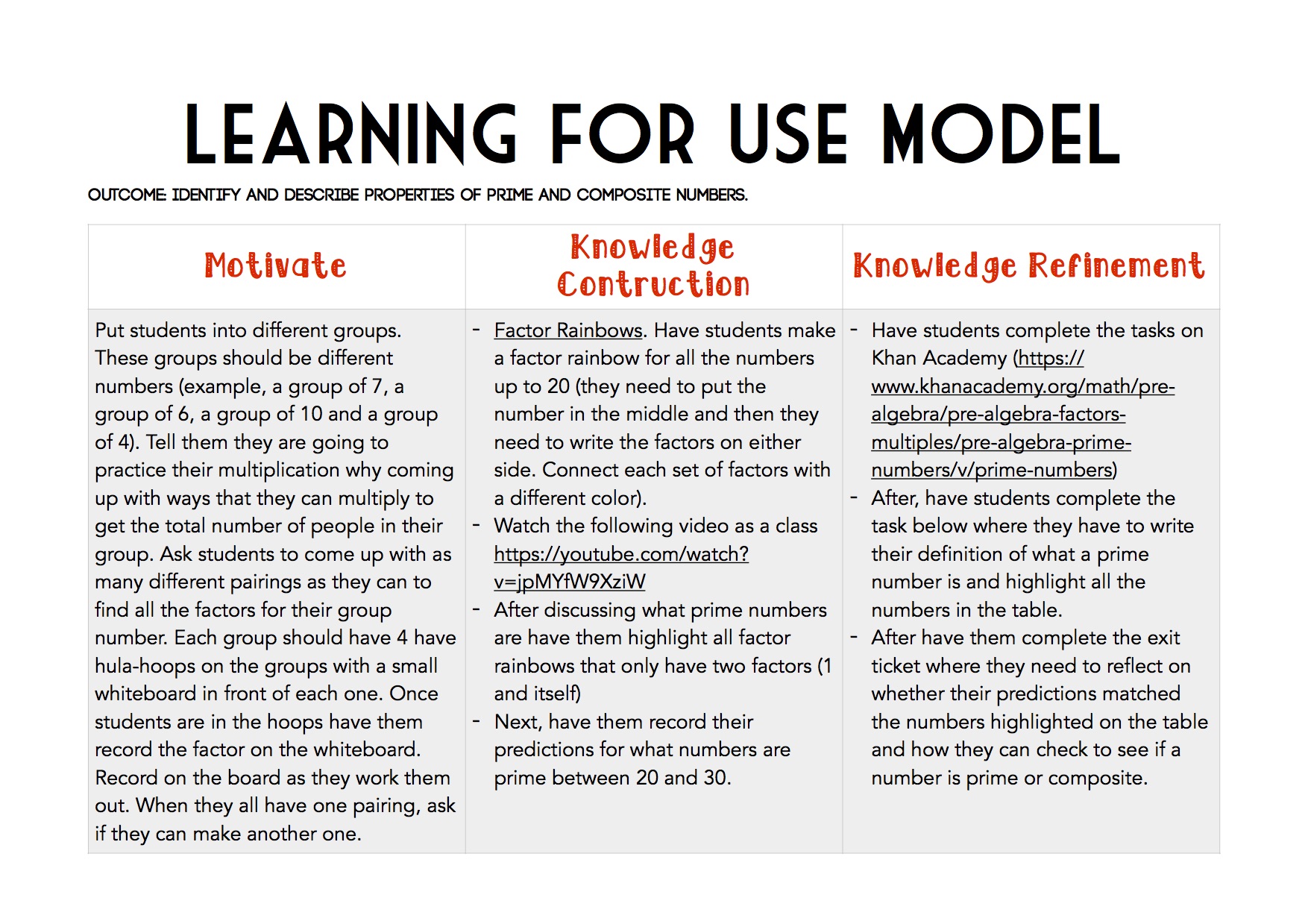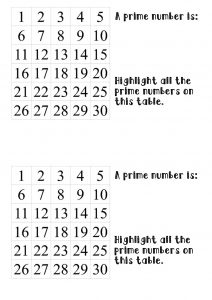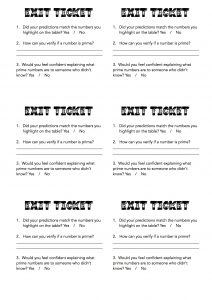E-folio question/task – ‘Design an activity to challenge a specific misconception in math or science using one of the frameworks in Module B and one of the mobile technologies discussed. Explain your pedagogical design decisions drawing upon embodied learning.’
As we have been discussing this week embodied learning is “how our physical bodies serve to externalize the activities of our physical brains in order to connect cognitive activity to the environment” (Winn, 2003). By utilizing the whole body, helps all students regardless of learning style stay engaged, retain information and make physical connections to content (Lingred & Johnson-Glenberg 2013). Through reflecting we have seen that many elementary and primary teachers use embodied learning and have it embedded in their practice. Students at this age are consistently being given opportunities to explore the physical world and move around. We have discussed that perhaps emersing these young children in mixed/augmented and virtual realities isn’t developmentally appropriate yet, as they should be working more with their physical environment. Using mixed-realities is something that students can be exposed to, but more as a stand-alone learning engagement. Therefore, below I created a task where students work through a common misconception in a TELE using the that uses both embodied learning and technology.
Students often believe that prime numbers are odd numbers. For instance, 80% of my students believed that the numbers 21 and 27 were prime numbers before any instruction. Using the Learning for Use model, I created a series of learning engagements for students to complete to understand the concept of what a prime number is. This is meant to go over the course of four to five 40 minute periods.
The first task involves students using their bodies to find factors to different numbers. Students should already have a strong understanding of what a factor is and how to find different ones for numbers up to 20. By getting them to move and find different pairings will help motivate them as well as keep them engaged. After tuning them in with this activity, they will watch a video to introduce the concept of prime numbers and then work through tasks on Khan Academy to reinforce what prime and composite mean. After the final task, the teacher can decide whether they need more practice before moving on.



References:
Lindgren, R., & Johnson-Glenberg, M. (2013). Emboldened by embodiment: Six precepts for research on embodied learning and mixed reality. Educational Researcher, 42(8), 445-452.http://www.move2learn.education.ed.ac.uk/wp-content/uploads/2015/04/Lindgren-2013-Embodied-Learning-and-Mixed-Reality.pdf
Winn, W. (2003). Learning in artificial environments: Embodiment, embeddedness, and dynamic adaptation. Technology, Instruction, Cognition and Learning, 1(1), 87-11